The IPL has lost some of its early charm because the playing field has got skewed, with the richer teams being allowed to have their way.
For all its flaws, the first two seasons of the IPL had a charm that has now evaporated in the summer heat. At the outset, the 9 million dollar cap on player acquisitions made the franchise owners, coaches and captains weigh their options, and some of the more fancied teams like Mumbai and Bangalore came a cropper in the process, their lack of 2020 vision exposed.
Bangalore ended up with a team that its owner Vijay Mallya himself described as being more suited for Test cricket. Mumbai fared little better, despite having Sachin Tendulkar at the helm. In contrast, a retired but wily-as-ever Shane Warne was able to get the best out of a rag-tag Jaipur bunch which won the inaugural IPL. How delicious was that? His former Aussie teammate Adam Gilchrist managed to do the same thing with the Hyderabad unit the following year.
But gradually and inexorably, brain power and inspiration have given way to money power and influence. The sheer concentration of proven T20 stars in the Mumbai, Bangalore and Chennai teams now make it less likely that any of the others will upset the applecart again like in the first two IPL seasons. Had this improvement in the lineup and fortunes of the three richest franchises come about in a fair and transparent manner, there would be nothing to crib about. That, clearly, is not the case.
The elephant in the room that nobody acknowledges is the impunity with which teams are being allowed to circumvent the caps that had been set for player acquisitions. It’s an open secret that some of the superstars are earning much more than what is shown on paper. There are myriad ways in which a player can be compensated, apart from the stated purchase value.
Take the case of Chris Gayle who almost single-handedly turned around the fortunes of Bangalore last year, blasting the team into the finals after coming in as a replacement for the injured Dirk Nannes. He would have been a prize catch at this year’s auction, sure to break the 2-million-dollar barrier. Instead, he opted to allow Bangalore to retain him for a measly $650,000. Doesn’t this stretch our credulity? The grapevine has it that Gayle will take home a cool $5 million from sponsorships and other lucrative deals. That would make perfect sense for him, but then, why set salary caps in the first place if only a notional amount will be declared? Shouldn’t there be something like a CTC (cost to company) for a true reflection of how much a team is spending to acquire or retain a player?
The 9-million-dollar cap set for each team to acquire players at the outset of the IPL was in fact one of its unique and most interesting features. Teams had to put on their thinking caps and work out just how much they wanted to spend on their star players, what kind of mix they wanted to have. This had made the auction almost as exciting as the game itself; in fact, the auction became a game of monopoly, because no team had enough money to get their perfect set of players. As a result, each team had its strengths and weaknesses, which would become apparent on the ground. And if a team did badly, it wasn’t because it was relatively poor, but because it wasn’t smart enough.
It was also more of an even contest between teams, with every team having about the same number of potential match-winners. This made the IPL less predictable than some other sporting leagues around the world; for example, the New York Yankees almost always top the baseball league in the US, simply because they spend the most on buying up the best players, and not necessarily because they are the smartest or most motivated team.
But now there’s a dumbing down of the IPL too, with the salary cap getting more corrupted each season. That the maximum possible bid of $2 million was made for Ravindra Jadeja was not surprising, because he was one of the few India-capped players available for the mid-term auction this year. But then it degenerated into an absurdity. Two teams, Hyderabad and Chennai, had bid the maximum amount, and this had to be resolved by a secret bid — that’s how the BCCI framed the rules.
The Chennai franchise, owned by the BCCI president, got Jadeja in the end, but we don’t know for how much. It was speculated that as much as $6 million might have been paid to acquire Jadeja, with the extra millions going into the BCCI’s coffers.
Nobody grudges BCCI the moolah, but it impoverishes the IPL in the process. If Chennai actually paid $6 million for Jadeja, but only $2 million is counted in calculating the team’s outlay for players, then there is no sanctity in the salary cap. It would’ve been fairer to resolve the tie with a toss of a coin, rather than tossing millions more into the auction, which is something only the super-rich franchises can do.
And what about players like Tendulkar and Dhoni? Are we really to believe that a Tendulkar gets less than Gautam Gambhir? The least the BCCI can do is to be less hypocritical about this, and do away with the salary caps altogether. Mumbai will then have the players with the best credentials, and each year they will buy up any player who sparkles in one of the other teams. And we can all go ‘Sachin, Sachin’ when Mumbai finally manages to win the IPL!
![submenu-img]() This film was made on taboo subject, yet earned five times its budget, marked lead actors' debut, won 3 National Awards
This film was made on taboo subject, yet earned five times its budget, marked lead actors' debut, won 3 National Awards![submenu-img]() SL vs SA T20 World Cup 2024: Predicted playing XIs, live streaming details, weather and pitch report
SL vs SA T20 World Cup 2024: Predicted playing XIs, live streaming details, weather and pitch report![submenu-img]() Amul Milk price hiked by Rs 2 per litre across India, check new rates here
Amul Milk price hiked by Rs 2 per litre across India, check new rates here![submenu-img]() Maldives bans entry of Israeli passport holders in 'solidarity with Palestine'
Maldives bans entry of Israeli passport holders in 'solidarity with Palestine'![submenu-img]() Not Suniel Shetty, but this actor was playing Dev in Dhadkan, he later replaced action star from Sunny Deol's...
Not Suniel Shetty, but this actor was playing Dev in Dhadkan, he later replaced action star from Sunny Deol's...![submenu-img]() Meet man who grew up in orphanage, began working at 10 as cleaner, delivery boy, then became IAS officer, is posted at..
Meet man who grew up in orphanage, began working at 10 as cleaner, delivery boy, then became IAS officer, is posted at..![submenu-img]() Meet UPSC topper who cleared JEE Advanced, went to IIT Kanpur, left high-paying job to become IPS officer, secured AIR..
Meet UPSC topper who cleared JEE Advanced, went to IIT Kanpur, left high-paying job to become IPS officer, secured AIR..![submenu-img]() Meet woman who cracked UPSC exam twice, left IPS to become an IAS officer, secured AIR...
Meet woman who cracked UPSC exam twice, left IPS to become an IAS officer, secured AIR...![submenu-img]() Meet woman, one of India’s youngest IAS officers who cracked UPSC in 1st attempt at 22 without coaching, her AIR was...
Meet woman, one of India’s youngest IAS officers who cracked UPSC in 1st attempt at 22 without coaching, her AIR was...![submenu-img]() Meet JEE Main topper with AIR 4, plans to pursue BTech from IIT Bombay, he is from...
Meet JEE Main topper with AIR 4, plans to pursue BTech from IIT Bombay, he is from...![submenu-img]() DNA Verified: Did Kangana Ranaut party with gangster Abu Salem? Actress reveals who's with her in viral photo
DNA Verified: Did Kangana Ranaut party with gangster Abu Salem? Actress reveals who's with her in viral photo![submenu-img]() DNA Verified: New Delhi Railway Station to be closed for 4 years? Know the truth here
DNA Verified: New Delhi Railway Station to be closed for 4 years? Know the truth here![submenu-img]() DNA Verified: Did RSS chief Mohan Bhagwat praise Congress during Lok Sabha Elections 2024? Know the truth here
DNA Verified: Did RSS chief Mohan Bhagwat praise Congress during Lok Sabha Elections 2024? Know the truth here![submenu-img]() DNA Verified: Is CAA an anti-Muslim law? Centre terms news report as 'misleading'
DNA Verified: Is CAA an anti-Muslim law? Centre terms news report as 'misleading'![submenu-img]() DNA Verified: Lok Sabha Elections 2024 to be held on April 19? Know truth behind viral message
DNA Verified: Lok Sabha Elections 2024 to be held on April 19? Know truth behind viral message![submenu-img]() Inside pics from Anant Ambani-Radhika Merchant's bash: Shah Rukh with new hairstyle, Sid-Kiara's private moment, & more
Inside pics from Anant Ambani-Radhika Merchant's bash: Shah Rukh with new hairstyle, Sid-Kiara's private moment, & more![submenu-img]() Streaming This Week: Panchayat season 3, Swatantrya Veer Savarkar, Illegal season 3, latest OTT releases to binge-watch
Streaming This Week: Panchayat season 3, Swatantrya Veer Savarkar, Illegal season 3, latest OTT releases to binge-watch![submenu-img]() Avneet Kaur shines in navy blue gown with shimmery trail at Cannes 2024, fans say 'she is unstoppable now'
Avneet Kaur shines in navy blue gown with shimmery trail at Cannes 2024, fans say 'she is unstoppable now'![submenu-img]() Assamese actress Aimee Baruah wins hearts as she represents her culture in saree with 200-year-old motif at Cannes
Assamese actress Aimee Baruah wins hearts as she represents her culture in saree with 200-year-old motif at Cannes ![submenu-img]() Aditi Rao Hydari's monochrome gown at Cannes Film Festival divides social media: 'We love her but not the dress'
Aditi Rao Hydari's monochrome gown at Cannes Film Festival divides social media: 'We love her but not the dress'![submenu-img]() Lok Sabha Elections 2024: What are exit polls? When and how are they conducted?
Lok Sabha Elections 2024: What are exit polls? When and how are they conducted?![submenu-img]() DNA Explainer: Why was Iranian president Ebrahim Raisi, killed in helicopter crash, regarded as ‘Butcher of Tehran’?
DNA Explainer: Why was Iranian president Ebrahim Raisi, killed in helicopter crash, regarded as ‘Butcher of Tehran’?![submenu-img]() DNA Explainer: Why did deceased Iranian President Ebrahim Raisi wear black turban?
DNA Explainer: Why did deceased Iranian President Ebrahim Raisi wear black turban?![submenu-img]() Iran President Ebrahim Raisi's death: Will it impact gold, oil prices and stock markets?
Iran President Ebrahim Raisi's death: Will it impact gold, oil prices and stock markets?![submenu-img]() Haryana Political Crisis: Will 3 independent MLAs support withdrawal impact the present Nayab Saini led-BJP government?
Haryana Political Crisis: Will 3 independent MLAs support withdrawal impact the present Nayab Saini led-BJP government?![submenu-img]() This film was made on taboo subject, yet earned five times its budget, marked lead actors' debut, won 3 National Awards
This film was made on taboo subject, yet earned five times its budget, marked lead actors' debut, won 3 National Awards![submenu-img]() Not Suniel Shetty, but this actor was playing Dev in Dhadkan, he later replaced action star from Sunny Deol's...
Not Suniel Shetty, but this actor was playing Dev in Dhadkan, he later replaced action star from Sunny Deol's...![submenu-img]() Malaika Arora shares cryptic post amid breakup rumours with Arjun Kapoor: 'When they say you can't...'
Malaika Arora shares cryptic post amid breakup rumours with Arjun Kapoor: 'When they say you can't...'![submenu-img]() Sanjeeda Shaikh recalls shocking incident when a woman groped her: 'She just touched my breast, ladkiyaan bhi koi...'
Sanjeeda Shaikh recalls shocking incident when a woman groped her: 'She just touched my breast, ladkiyaan bhi koi...'![submenu-img]() Adah Sharma opens up on living in Sushant Singh Rajput's house: 'The place gives me...'
Adah Sharma opens up on living in Sushant Singh Rajput's house: 'The place gives me...'![submenu-img]() Radhika Merchant, Anant Ambani's first look from their 2nd pre-wedding in Italy goes viral
Radhika Merchant, Anant Ambani's first look from their 2nd pre-wedding in Italy goes viral![submenu-img]() MrBeast beats T-Series to become most subscribed YouTuber, followers reached...
MrBeast beats T-Series to become most subscribed YouTuber, followers reached...![submenu-img]() Terrifying encounter: Mama elephant battles crocodile to protect her calf, video goes viral
Terrifying encounter: Mama elephant battles crocodile to protect her calf, video goes viral![submenu-img]() Pawsitively adorable: Viral video shows real-life Tom & Jerry cuddling after cute catfight
Pawsitively adorable: Viral video shows real-life Tom & Jerry cuddling after cute catfight![submenu-img]() Meet Chillikompan, the mango-loving tusker from Kerala
Meet Chillikompan, the mango-loving tusker from Kerala

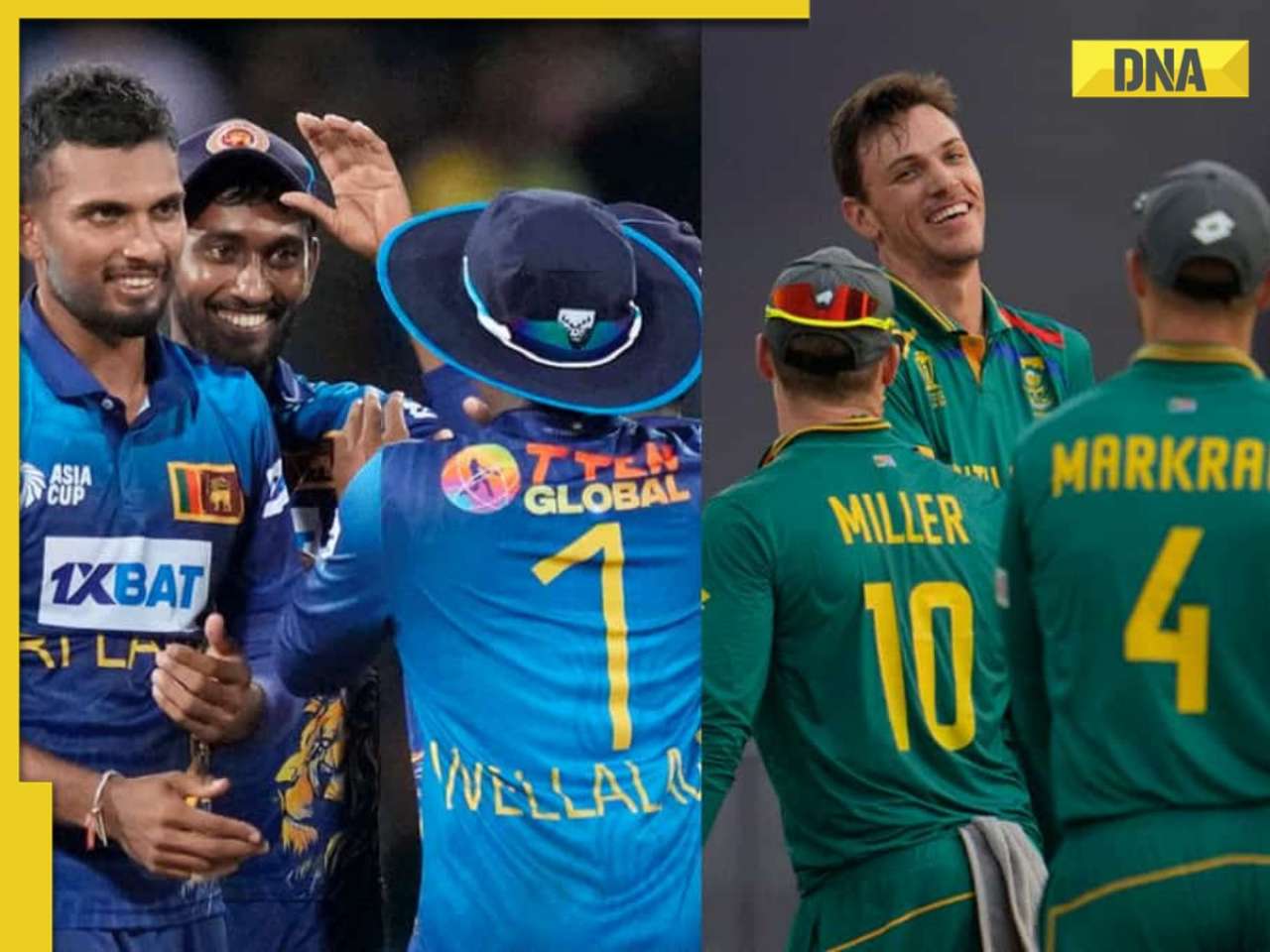























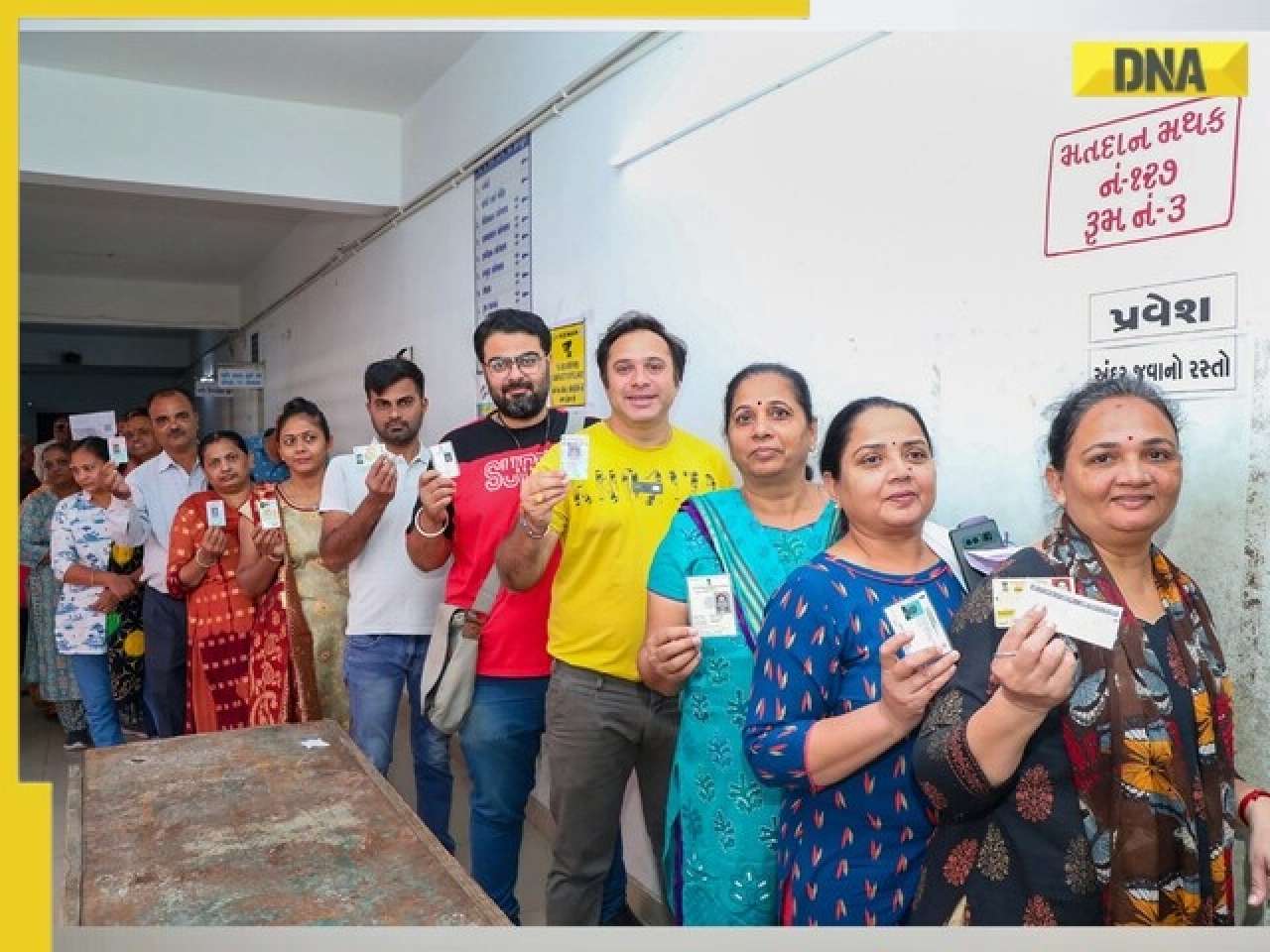














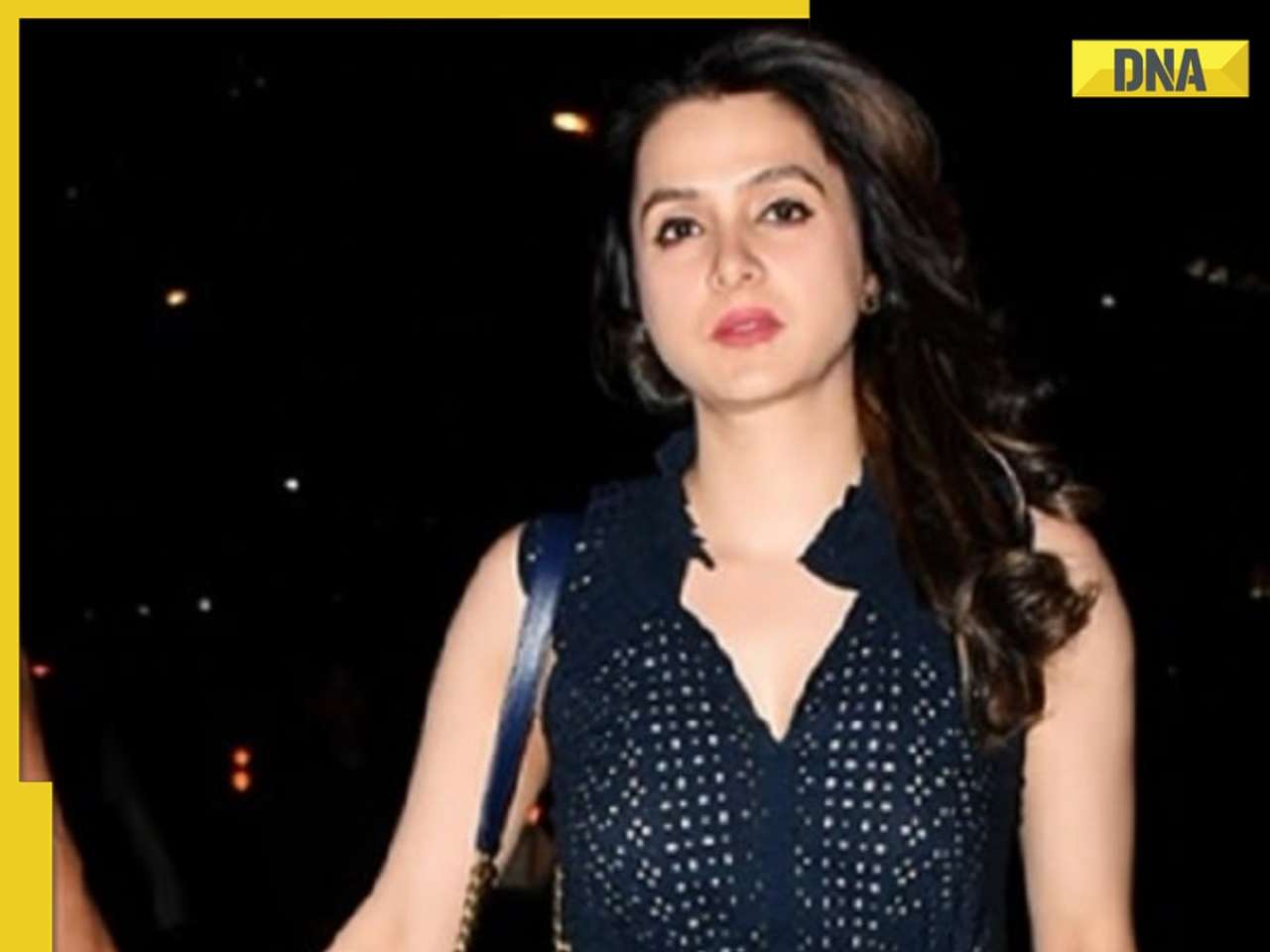

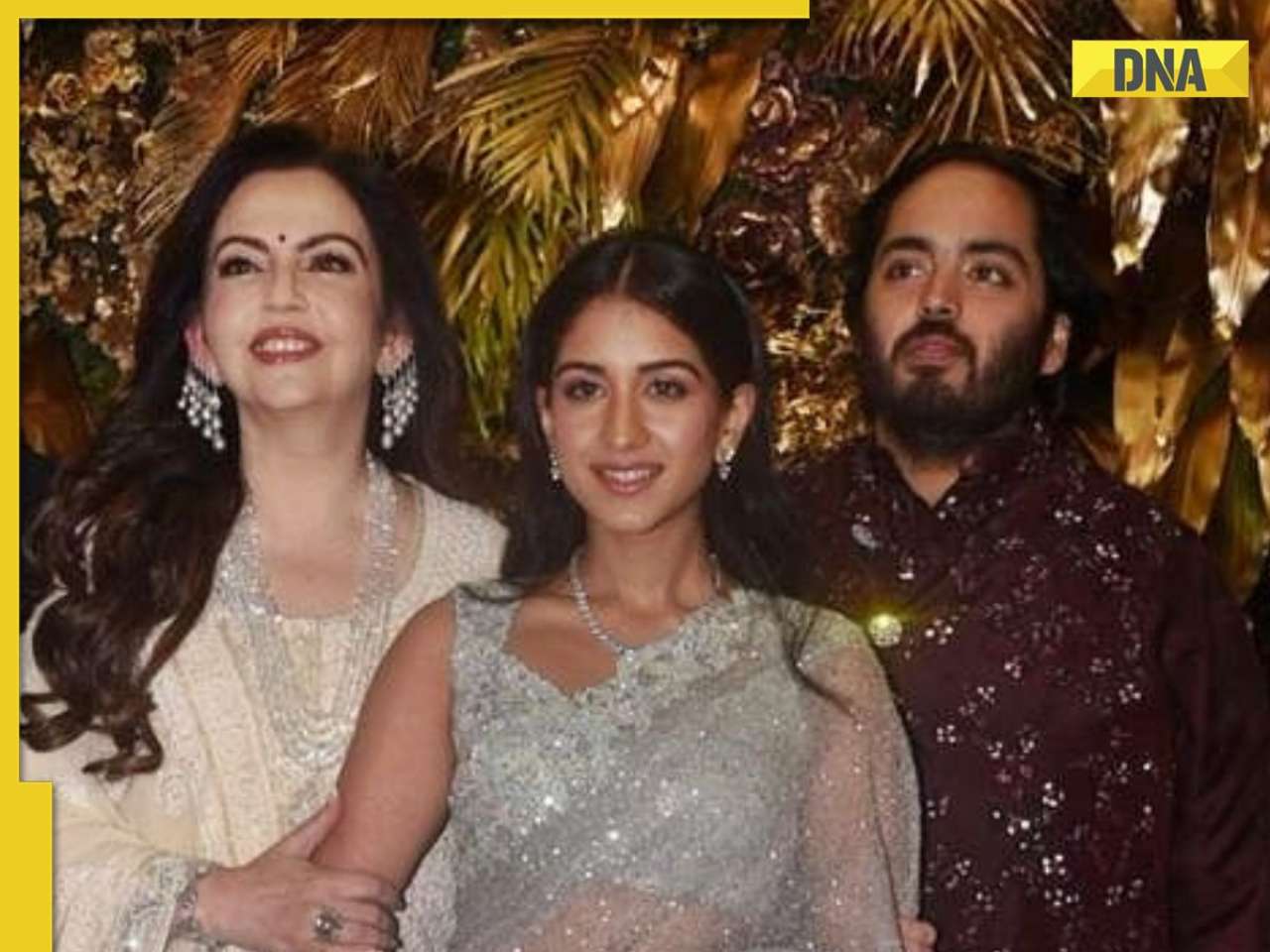




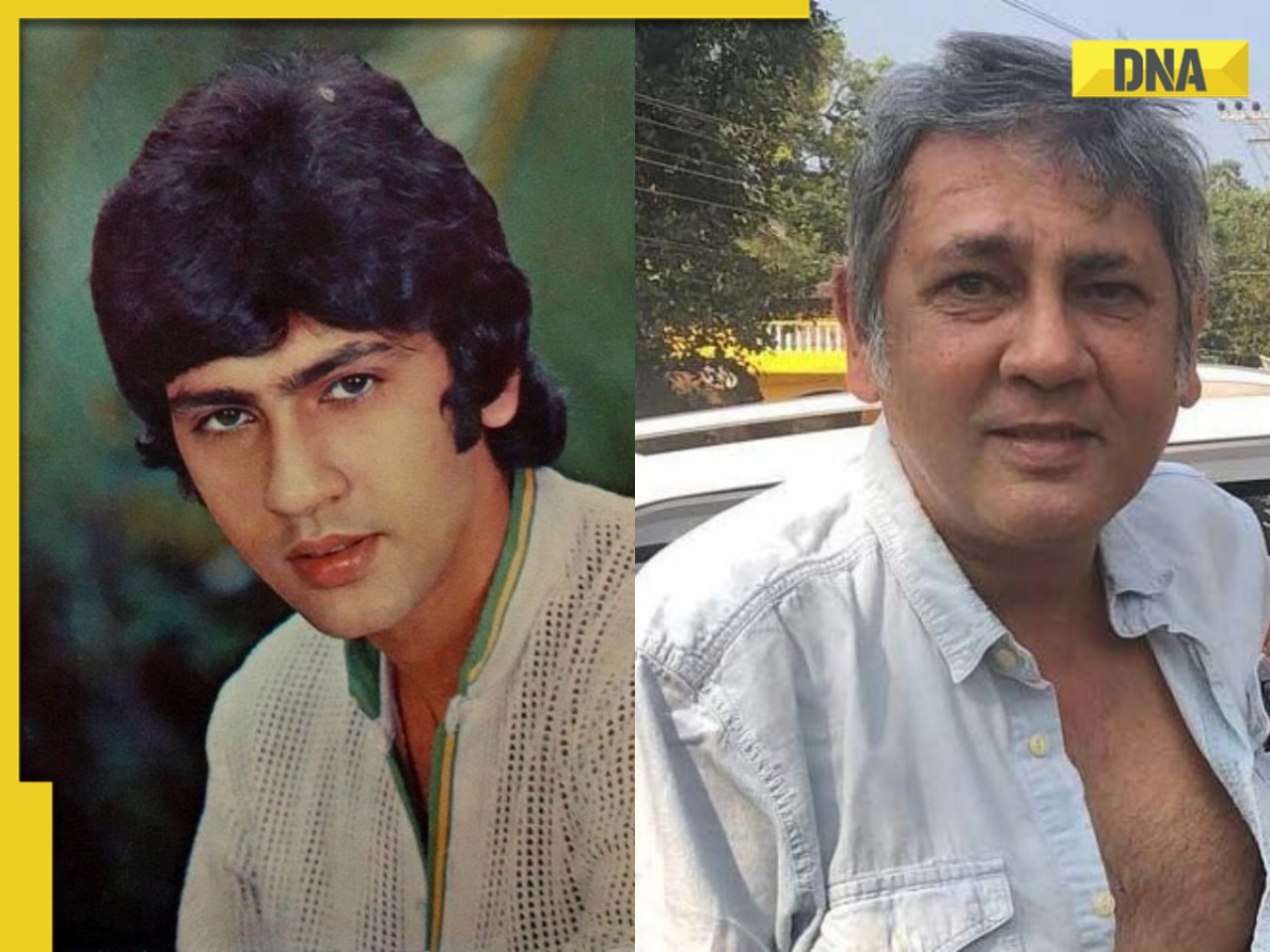
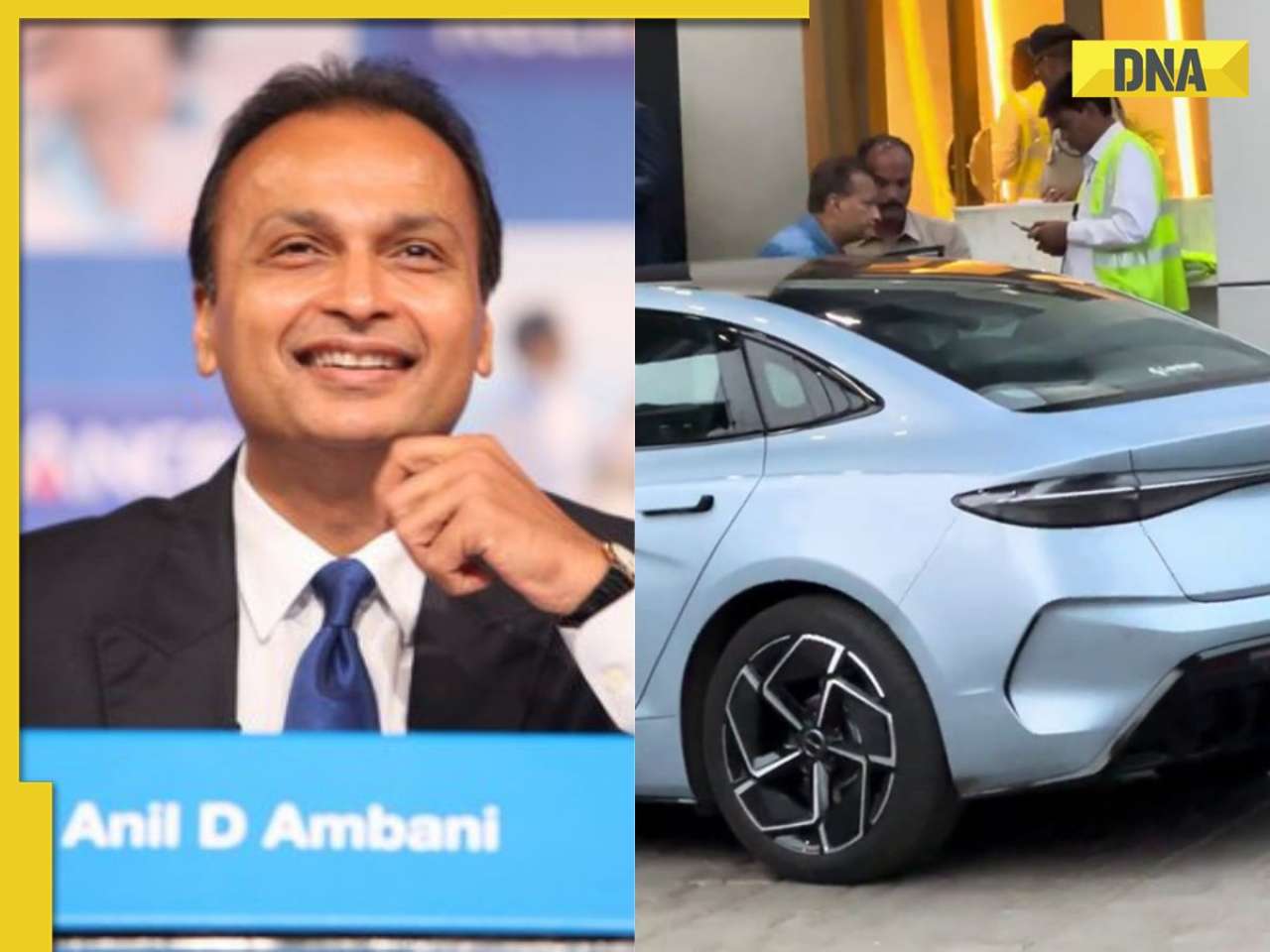








)
)
)
)
)
)